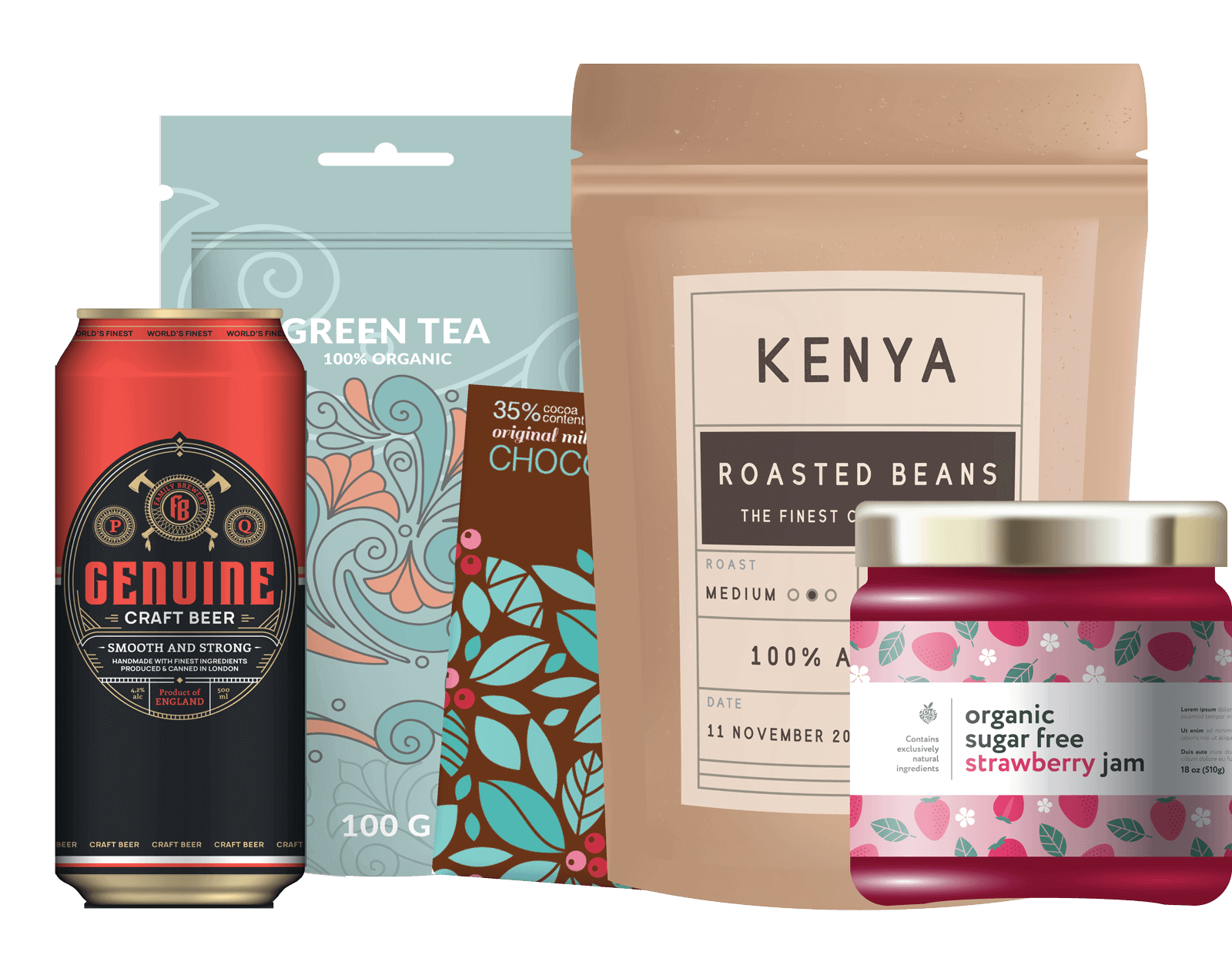Hot Fill Bottle Considerations
The process of hot filling is popular in the food and beverage industry because heat provides an effective method to sterilize the container and prevent bacterial growth. However, a hot fill bottle is not appropriate for low acidity foods because high pH levels indicate that spores may remain that have the potential of bacterial growth. As such, food and beverages with less than 4.5 pH are the best for the hot fill process.
Hot fill is a fairly simple procedure. First, the food or liquid is pasteurized to create a neutral microbiological environment. The containers are hot filled after pasteurization and capped, then turned on the side. This allows the hot liquid to enter and sterilize the cap as well as the interior of the container.
Once the hot fill is complete, the containers are cooled using water in the form of a shower or steam to stop the heat process, as continued exposure to heat could affect the product integrity and break down nutrients, vitamins and other elements.
After hot fill, most beverages and food have a shelf life of up to 6 to 12 months, although the precise shelf life is affected by variables such as the shape, size and type of container, storage conditions and the oxygen barrier level of the contents.
Advantages
There are many advantages to using a hot fill bottle process. For example, there is a wide range of beverages that are suitable, such as juices, teas, sports drinks, nectars, flavored waters and isotonic drinks.
The process of hot fill can significantly extend the shelf life of a product. In addition, hot filling offers shorter runs, saving time and money.
In addition, many consumers are becoming more and more aware of the effect that chemicals, additives and preservatives in packaging may have on the contents and therefore their health. However, sterilization is essential during packaging to prevent contamination of the contents, which presents a significant health risk. The only two options that allow for sterilized packaging without additives or preservatives are aseptic filling or hot filling.
Hot Fill Versus Aseptic Fill
Aseptic fill allows sterilization of the containers using other forms of sterilization, such as hydrogen peroxide, without the added heat. This saves on energy costs. However, the aseptic fill process is more complicated than hot fill and therefore requires a larger initial investment as well as higher running costs overall.
Hot Fill Materials
The high temperatures utilized in hot fill render some materials unsuitable for the process because the heat may distort the container. However, material such as glass is ideal for hot fill and new advances are increasing the available options.
For example, custom PET bottles are heavier than standard PET. Traditional PET is likely to flex during heat treatment, but the heavier PET material resists such changes. Other advances in custom PET offer panel-free bottles, which lighten the weight and increase the possible shape and size options. In addition, multilayer PET bottles have excellent barrier capabilities and a clear appearance.
Another option is oriented polypropylene (OPP) bottles, which are lightweight, relatively inexpensive, fairly clear in appearance and offer high heat capacity. New advances include multilayer containers for increased barrier protection, the use of additives to increase clarity and better PP resins.
OPP containers offer an additional advantage over heat-set PET because OPP can withstand heat up to 205 degrees Fahrenheit. In comparison, traditional PET only withstands temperatures between 130 and 150 degrees Fahrenheit before potential collapse. Heat-set PET meets the same heat standards as OPP but often costs more.
M. Jacob & Sons
Figuring out the right type of material and deciding between hot fill and aseptic filling is a decision specific to each company and industry. The team at M. Jacob & Sons offers market analysis, models and prototyping and manufacturing for a wide variety of industries.
For more information, contact M. Jacob & Sons at 800-915-2262.

